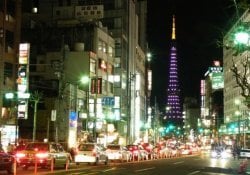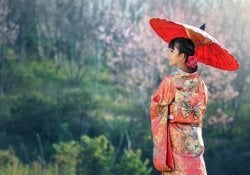A Yamanote train line [山手線] in Japanese is called "Yamanote Line". Yamanote-zen, is one of the most important in Tokyo. Its name literally means "mountain side line". It is a circular railway line of about 35.9 km, and belongs to the JR East company in Japan.
Índice de Conteúdo
About the Yamanote Line
The Yamanote Line is one of the busiest lines in Tokyo, as it passes through the main centers of the city (remembering that Tokyo is a polycentric city): Marunouchi, Shibuya, Shinjuku and Tokyo Station, Ikebukuro, Akihabara and Ueno. The Yamanote Line is characterized by being circular, and its path unofficially outlines the center of Tokyo.
Most of the stations that are part of the Yamanote line connect with other subway or train lines, twenty-three of the thirty stations to be exact. These lines lead to other areas of Tokyo or even other cities. If you are in Tokyo, you already know the best way to get around the main tourist attractions in the city.
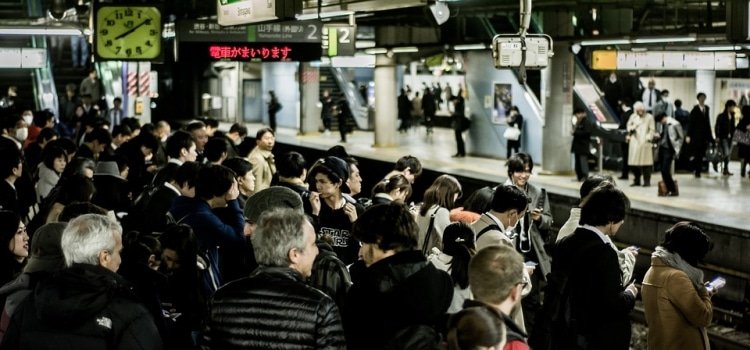
The Yamanote line trains operate from 4:26 AM to 1:18 AM the next day, with trains arriving at the station every 2 to 4 minutes, and every 2 minutes during peak hours.
The wait is very short, so if you see a train just leaving, you don't have to worry that another one will arrive soon. Also keep an eye out for another parallel line that also usually takes a similar route.
Another thing that can also make life a lot easier for people who use the Yamanote line is the fact that there are two trains running in opposite directions, that is, clockwise and counterclockwise, stopping at all stations, so you don't have to wait for the train to take a turn if it passes a station.
History of the Yamanote Line
The origin of this line refers to the construction of the Shinagawa line in 1885 between Akabane and Shinagawa, which passes through areas with inhabitants, and offers the first south-north line crossing Tokyo.
The portion of the line connecting Tabata and Ikebukuro was built in 1903 (as part of the Toshima line (豊島線)). In 1909, shortly after being electrified, these two lines were merged to form the Yamanote line.
But at this point, the loop had not been completed, it was also necessary to connect with the Keihin-Tōhoku and Chuo lines between Tokyo and Nakano stations.
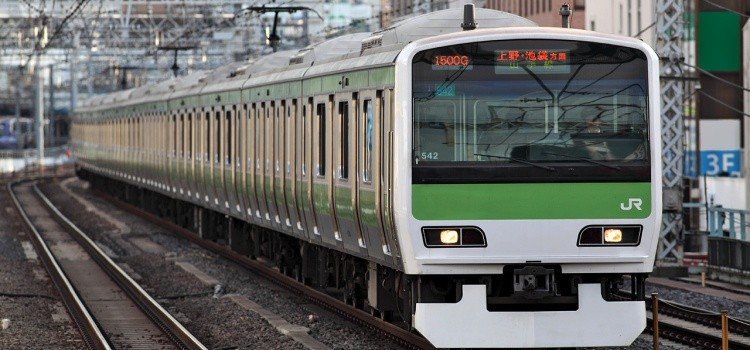
The line was finally completed in 1925, with the opening of the section between Ueno and Kanda stations, which allowed for a north-south connection via Tokyo Station passing through the city center.
In 1971, the Nishi-Nippori station was also connected to the line. Since then the line has not been modified, and JR East company considered creating a new station between Tamachi and Shinagawa stations, 2.2 km apart (at the longest stretch of the line).
Nostalgia for those who used Yamanote Zen
One of the most nostalgic things about riding the Yamanote Line is the music that plays at the arrival of each station. Below you can see a video with all these songs:
The article is still halfway through, but we recommend also reading:
Yamanote line stations
Millions of people travel the Yamanote line daily. The neighborhoods through which this line passes are among the best and trendiest neighborhoods in the city, as well as many of Tokyo's tourist attractions.
For example, in Ueno, one of these neighborhoods, it is possible to see the zoo, national museums and Ueno Park, which is a park full of cherry blossoms, which during the spring form a beautiful landscape.
Tokyo Station is located near Zojoji Temple and the Tokyo Tower. This station is also the terminus of the Tokyo monorail, which connects the center of the capital and Haneda Airport.
And, moreover, it is this station that leads to all Shinkansen linesIn this neighborhood is located the Marunouchi commercial center, which is close to the Imperial Palace Gardens.
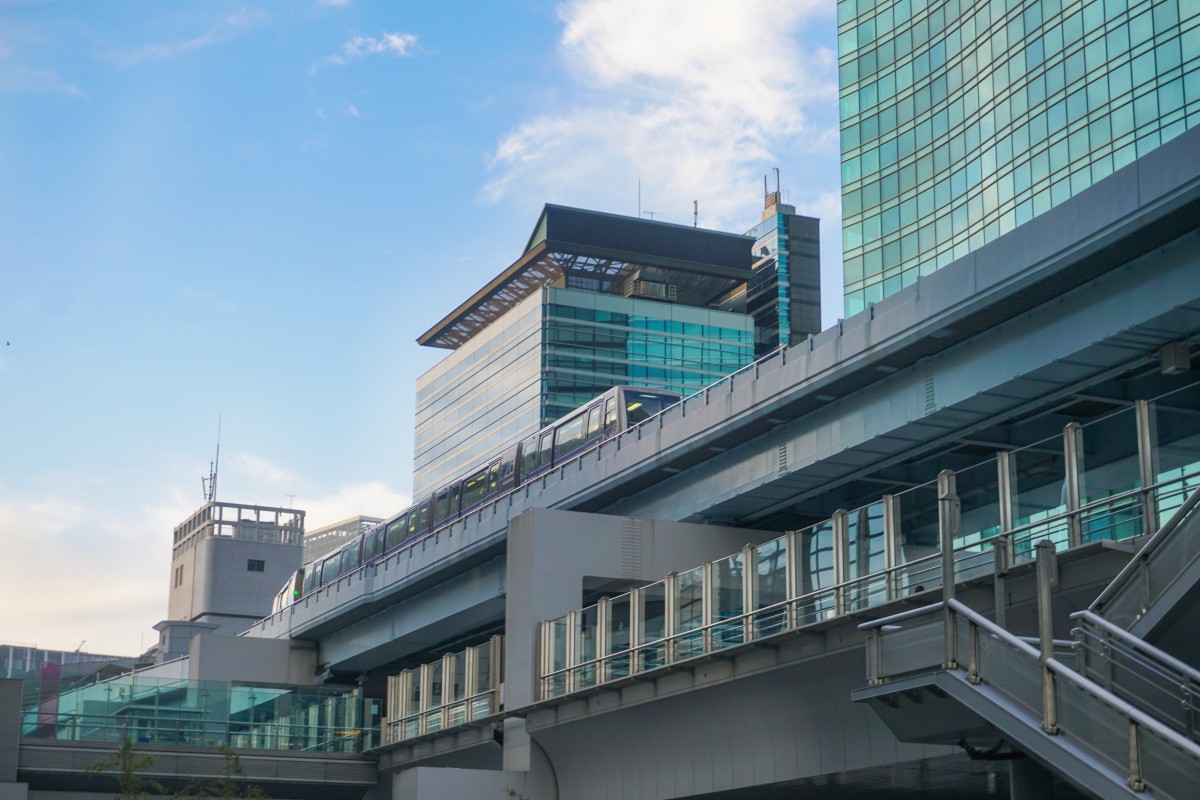
Sugamo Elderly Quarter
The line also passes through Sugamo, which is a commercial district, which has become very popular with the elderly. So much so that this neighborhood is called “Grandparents’ Harajuko”, this is because instead of having stores aimed at teenagers and young people as is the case of Shironuri.
Sugamo has shops more geared towards the elderly, as well as many markets with traditional foods from the region. The tourist spot in Sugamo is the Kogan-ji Temple, known for warding off physical pains, so it is very popular among the elderly.
Neighborhoods for Youth and Otaku
Akihabara is like a big mall, mainly for electronics and also products aimed at otakusHarajuku, Shibuya, and Shinjuku are neighborhoods frequented by young people, as these neighborhoods are full of shops and bars, clubs, and dance halls.
Shibuya and Harajuku are also full of shopping malls and boutiques, mainly focused on young fashion. In Ebisu, there is a shopping center called Ebisu Garden Place, a place with many restaurants, shops, and places to relax and walk.
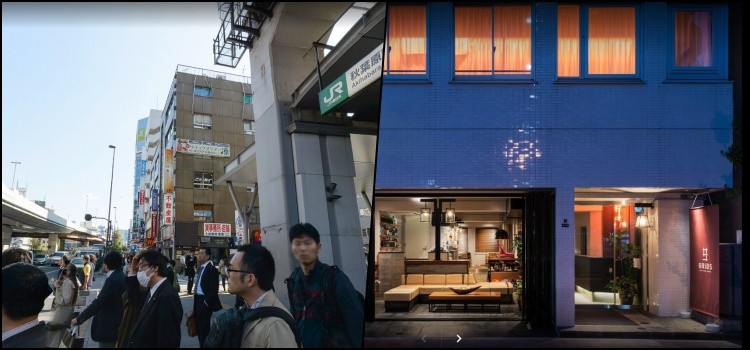
Shinjuku and surroundings
The line also passes through Shinjuku, one of the busiest neighborhoods in Japan. This is considered one of the major commercial centers during the day, and also a major entertainment center at night. It is very popular mainly among teenagers and young people.
Another neighborhood is Yoyogi, which is close to Shinjuko. This one is a bit more elegant and sophisticated, composed of chic boutiques, cafes, gardens, and Yoyogi Park.
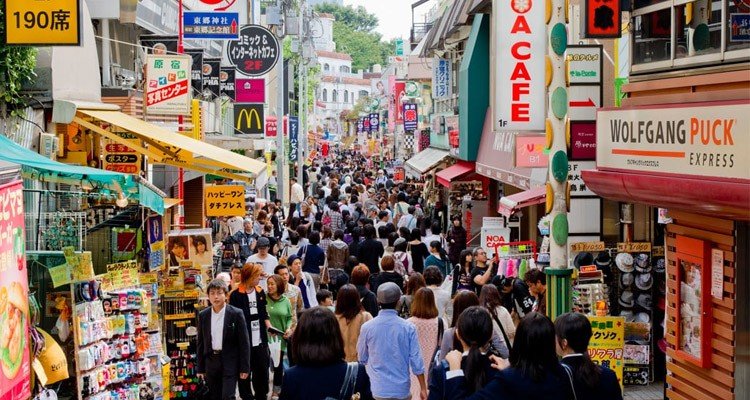
Other highlights
Akadanobaba, known popularly as "Baba," is the neighborhood where Waseda University is located (one of the best universities in Tokyo). Because it is a heavily frequented area by students, there is an abundance of inexpensive restaurants, mainly. ramen restaurants (which is a noodle soup), bookstores and bars.
Shimbashi is a commercial area near Hama Rikyu Gardens, Tsukiji Fish Market, and Shiodome Shiosite. Okachimachi also has a very famous shopping street called Ameyoko. Komagome has a traditional japanese garden called Rikugien Garden. And Ikebukuro, one of Tokyo's biggest entertainment and shopping centers.
Shin-Okubo presents more of the multicultural side of the city, a rare thing to be seen in Tokyo. It is also called 'Little Korea,' thanks to a large presence of Koreans in this neighborhood. There it is possible to experience typical Korean foods such as, for example, Teokbokki (a rice cake with pepper sauce) and also Malaysian and Thai cuisines can be found in the region.
Meguro is a neighborhood full of antiques, decoration shops, and household items. So much so that it is known as the Design district of Tokyo. Gotanda, Osaki, and Shinagawa are big commercial centers and have many tall buildings. The Brazilian embassy and consulate are located in Gotanda.

